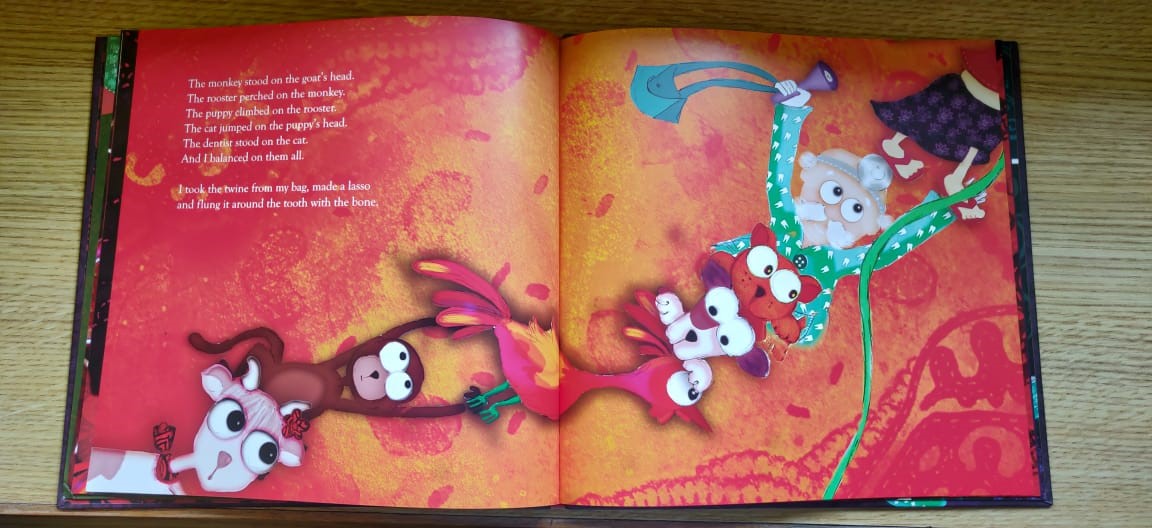What are Picture Books?
What do you remember of your early years? It is likely you have vague, disjointed memories of your childhood. Smells that remind us of certain people who may no longer be in our lives, tastes that remind us of special days, tunes that remind us of the cartoon shows we would watch on repeat. But one thing that stays with us as not-so-disjointed memories, that all of us remember with fondness, are the earliest stories we heard, whether from a grandparent, or from someone reading a book out loud to us. And these books, the ones we were introduced to at the time we were just leaving our toddler years, are called picture books.

Picture books are typically for children between the ages of 4 and 8, and as the name suggests, are illustration heavy and with minimal text. They tell short stories and most of them are a maximum of 1000 words. There is normally one illustration per spread (a spread is the two pages – the left and right – we see when a book is opened), rather than one illustration per page. A spread offers a larger canvas for the illustrator to work with, and provides more breathing room for the text.
Some picture books are even completely wordless, with just the illustrations carrying the story. These kind of picture books help children exercise their minds to make sense of the pictures. As for picture books with text, they are crucial to children expanding their vocabularies and exploring language and speech.
Just because these books are for children, does not mean there is anything necessarily simple about the subject matter or the illustrations. Powerful themes can be conveyed through children’s stories, and in recent times, there has been a rise in publishers actively seeking to put out content that addresses things like identity, friendship, loss, and grief. The art is the the biggest selling point of picture books, as it tends to capture the attention of children much faster, and draw them in in a way that text cannot at their age. Art from some children’s picture books has become iconic, like Beatrice Potter’s Peter Rabbit illustrations, Eric Carle’s The Very Hungry Caterpillar illustrations, and Maurice Sendak’s illustrations for Where the Wild Things Are. In fact, the beautiful art from picture books can be enjoyed by adults, who might interpret them in completely different ways and appreciate different aspects of them, just as much as by children.
Picture books are special, because they are given to a child during the most formative years of their lives. Your child’s earliest words could be learned from a picture book. Their first fully-formed sentences could be them repeating their favorite lines from their favorite stories. Even their world views could be influenced by these books. Being exposed to a whole range of picture books could also aid in widening their imaginations.
Picture books can serve as close companions to children, even several years after they’ve outgrown them. They are a source of comfort, a reminder of a simpler time. Their magic and lasting impact does not wear out easily (as has been proven by books like The Very Hungry Caterpillar that has been in print for 50 years running), and they will continue to delight generations of children for years to come.





